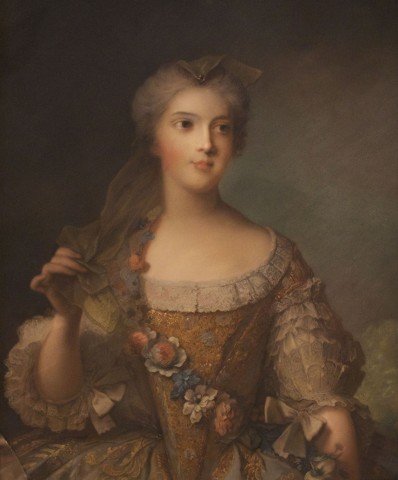Jean Marc Nattier was a French painter. He was born in Paris, the second son of Marc Nattier (1642–1705), a portrait painter, and of Marie Courtois (1655–1703), a miniaturist. He is noted for his portraits of the ladies of King Louis XV's court in classical mythological attire.
He received his first instruction from his father, and from his uncle, the history painter Jean Jouvenet (1644–1717). He enrolled in the Royal Academy in 1703 and applied himself to copying pictures in the Luxembourg Palace, making a series of drawings of the Marie de Médici painting cycle by Peter Paul Rubens. The publication (1710) of engravings based on these drawings made Nattier famous, but he declined to proceed to the French Academy in Rome, though he had taken the first prize at the Paris Academy at the age of fifteen. In 1715 he went to Amsterdam, where Peter the Great was then staying, and painted portraits of the tsar and the empress Catherine, but declined an offer to go to Russia.
Nattier aspired to be a history painter. Between 1715 and 1720 he devoted himself to compositions like the "Battle of Pultawa", which he painted for Peter the Great, and the "Petrification of Phineus and of his Companions", which led to his election to the Academy.

